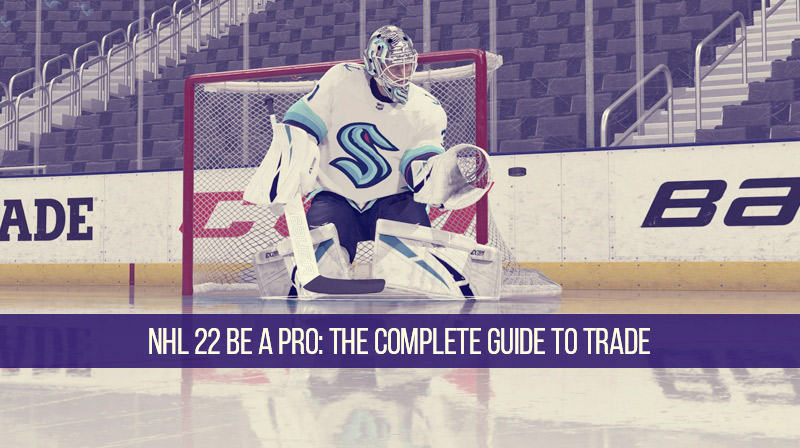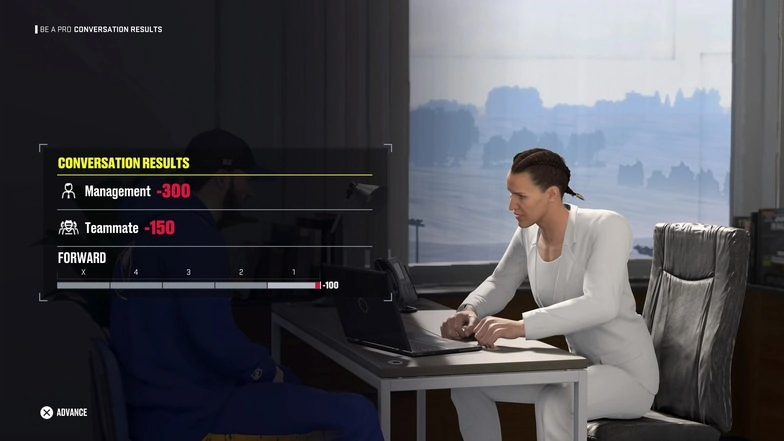NHL 22 Be a Pro: The complete guide to trade

NHL 22 tends to make its debut on a brand new console without removing any modes, but people today who have played NHL 21 may obtain this version a little too familiar. The NHL 22 on the current generation of consoles would be the most acceptable NHL knowledge released in some time. Should you have joined a team that you don’t like in NHL 22, you could be searching for a transform within the environment. However, this is not a simple matter. From a realist perspective, it tends to make sense.
Nevertheless, there is certainly practically nothing worse than being trapped in a group that’s unsupported and cannot perform multiple issues in the foreseeable future. Consequently, here will share how to trade in NHL 22 Be a Pro. Then, trading in NHL 22 Be a Pro is significant. Get adequate NHL 22 Coin HUT through trading to replace the group you desire to like.
How to request a trade-in NHL 22?

You’ll be able to apply for NHL 22 trade pretty much anytime. You may recognize whether or not you could request a trade through the dialog notification in the most crucial menu. After you see this notification, it means you could start a conversation along with your GM. This happened immediately after the end of the preseason, close towards the starting of one’s career within the new club.
There’s only one particular choice for the dialogue with GM: request a trade. You will see that the trade choice is marked as a “persuasion” dialog selection, which means that your request will most likely not be accepted. In that case, it is going to have an impact.
If your trade request is rejected, you can lose 300 points for management and 150 points for teammates’ likes, together with 100 points for the line. The problem is that in your rookie season, there is certainly a 99% possibility that your request will be rejected. Any group will madly indulge a young prospect with no maximizing their talents.
When to apply for any trade?

To maximize your chances of being traded, you could invest in your conversation skills. It might be worthwhile to get a number of them to see if you can persuade your GM to drive the trade. Every upgrade within the diplomatic or charisma skill tree increases your opportunity of trying to convince by a minimum of 5%.
I located this technique to become unsuccessful, but if you place it inside a large number of points, it may function. Even so, your probabilities will not be fantastic.
As the future adverse effects of rejection are very substantial, I suggest not forcing you to take action prematurely. It truly is a lot wiser to wait for the end of the initial season and try opportunities a subsequent year.
Unfortunately, I discovered that the subsequent season would not be appropriate for applying for trade and successfully leaving the team. The small block you. Nevertheless, it is still challenging to take action. On the other hand, you may have far more time for persuasion and can boost your chances.
The most effective time for you personally to adjust teams is just after your entry-level contract expires. Immediately after that, it will be much easier to request a trade, as well, as other groups are going to be more likely to move you. If you cannot wait to wait for the ELC to expire, you can simulate the whole season at any time by picking the “Simulate towards the next important event” selection. You’ll develop into a no-cost agent and may sign any time you like.
Conclusion:
It is simple to request a trade for NHL 22. Be a Pro-it’s tough to get a request accepted. In my first season, I submitted trade requests when I was playing well and struggling. When the group is performing correctly, and in poor form, I also ask for trades. My proposal is usually rejected.
I’m not saying that this is impossible. Nevertheless, EA wants to make this aspect of your game more realistic and let your team retain you throughout the rookie contract. After your entry-level contract expires (or a minimum of immediately after your rookie season is over), you could discover action.